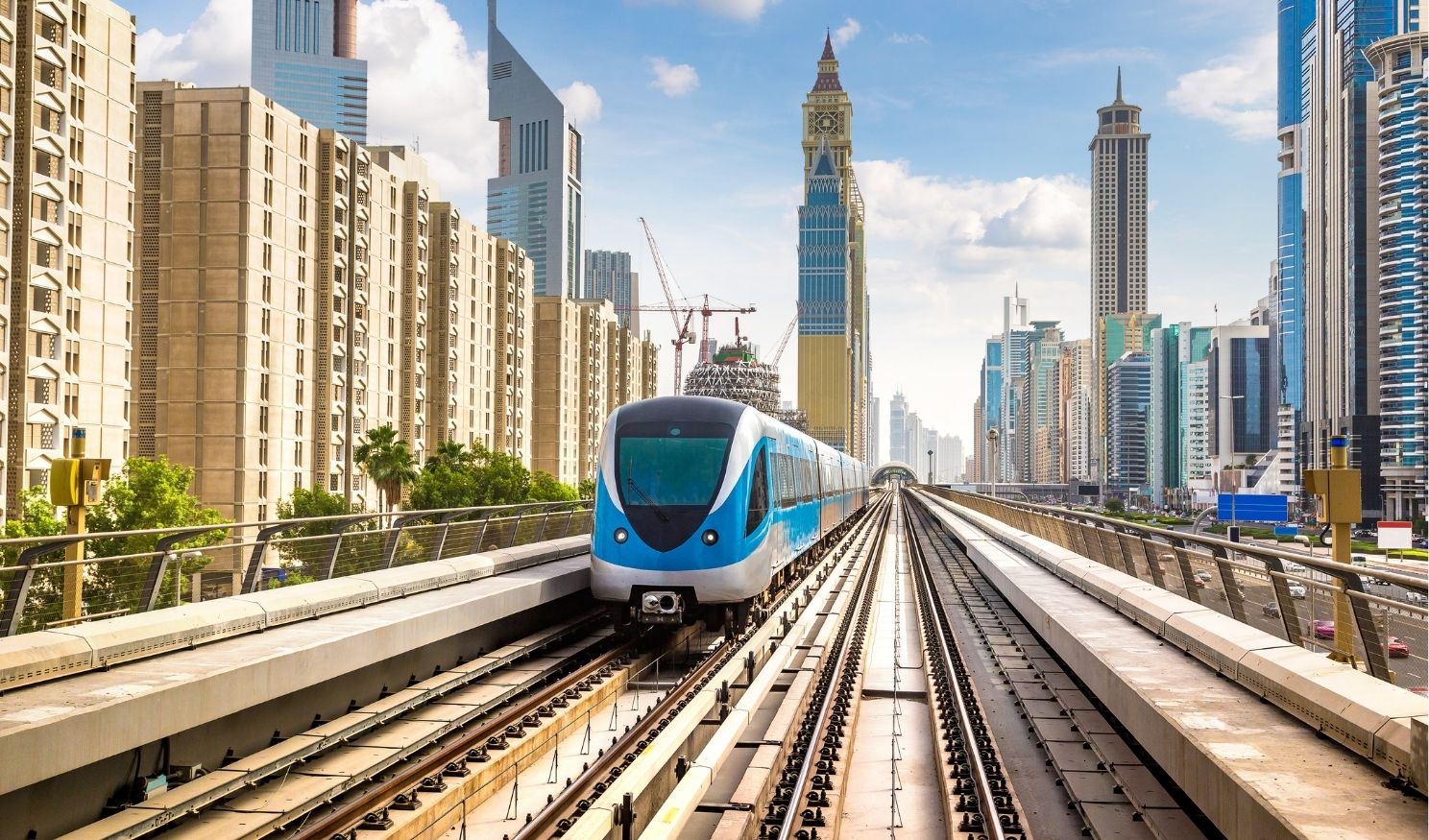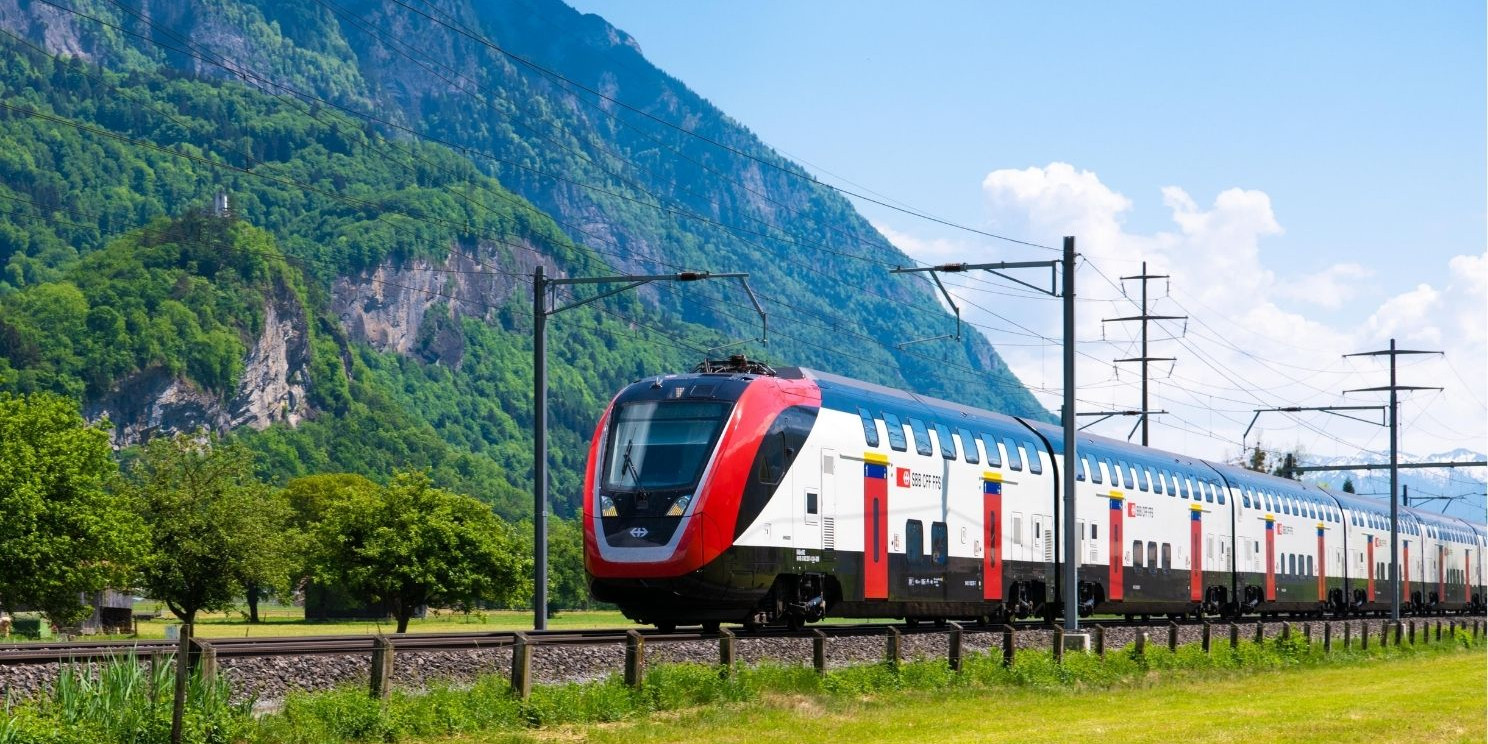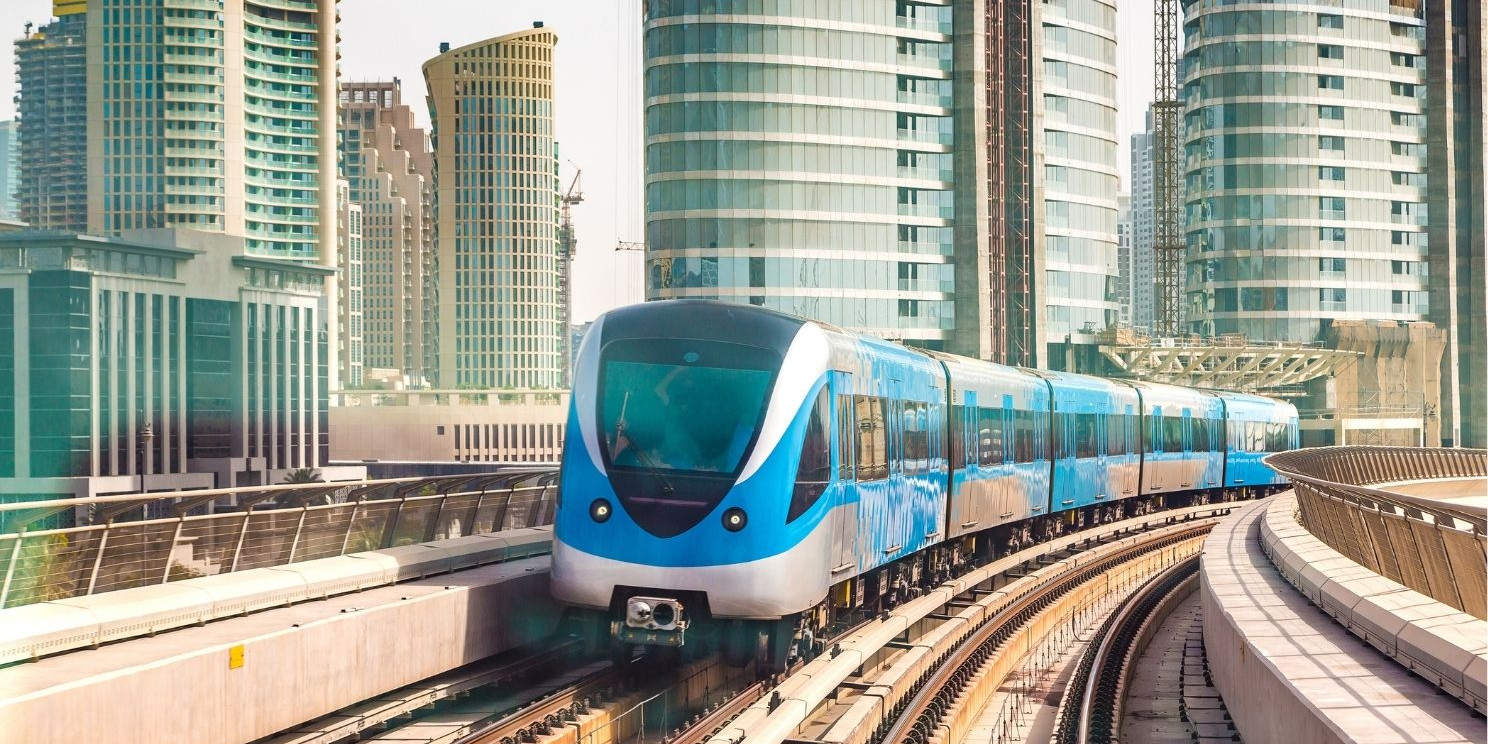Rail networks are under immense pressure to evolve facing rising passenger demand, shifting safety expectations, and the operational complexity of digital transformation. Yet many railways still rely on outdated, rigid communication infrastructures that were never designed to support today’s real-time, data-intensive operations. The path forward is clear: modern, scalable communication platforms are essential to futureproof the industry.
Why Scalability Matters Now More Than Ever
Traditional railway communication systems were built for fixed functions and closed environments. As rail operations expand, integrate smart technologies, and cross national boundaries, these legacy systems struggle to cope. Modern communication platforms must be:
- Modular – Easily adaptable for new hardware, software, or geographic coverage
- Future-ready – Prepared for upcoming standards like FRMCS (Future Railway Mobile Communication System)
- Cloud-integrated – Capable of real-time data exchange and remote system management
In short, scalability is the foundation of sustainable growth in the rail sector.
The Benefits of Scalable Communication Infrastructure
- Faster Deployment and Upgrades
Scalable platforms enable quick rollout of new features, services, or integrations without disrupting existing systems or requiring expensive overhauls. - Improved Safety and Reliability
By supporting redundancy, live diagnostics, and AI-powered monitoring, scalable systems help operators detect issues early and avoid critical failures. - Seamless Multimodal Integration
Whether integrating with road transport logistics, air freight, or port systems, scalable communications support interoperable frameworks, APIs, and unified dashboards. - Support for Smart Railway Applications
From predictive maintenance to digital ticketing and live passenger updates, scalable platforms provide the backbone for advanced, data-driven services. - Cost Efficiency Over Time
Instead of recurring capital-intensive replacements, rail operators benefit from systems that grow with demand, reduce downtime, and extend technology lifecycles.

Enabling FRMCS and Beyond
GSM-R has served the industry well but it’s nearing the end of its lifecycle. Scalable communication platforms are designed to transition smoothly into FRMCS, unlocking:
- Higher bandwidth for data-intensive applications
- 5G-readiness for low-latency operations
- Enhanced cybersecurity and network segmentation
- Compatibility with future AI/ML technologies in transport
This is more than an upgrade, it’s the blueprint for a digitally resilient rail ecosystem.
Building the Railways of Tomorrow
Future-focused operators are already investing in scalable platforms that support everything from driver advisory systems to automated traffic control. The result? Faster response times, better passenger experiences, and more profitable networks.
Modernising isn’t a luxury. It’s a necessity. And scalable communication systems are the infrastructure layer that will separate thriving rail operators from those left behind.
Conclusion
Rail modernisation begins with communication transformation. Scalable platforms don’t just improve the way railways operate, they redefine what’s possible. At GSM Rail, we specialise in building adaptive communication solutions that meet the complex demands of today’s rail operators and evolve for the challenges of tomorrow.




